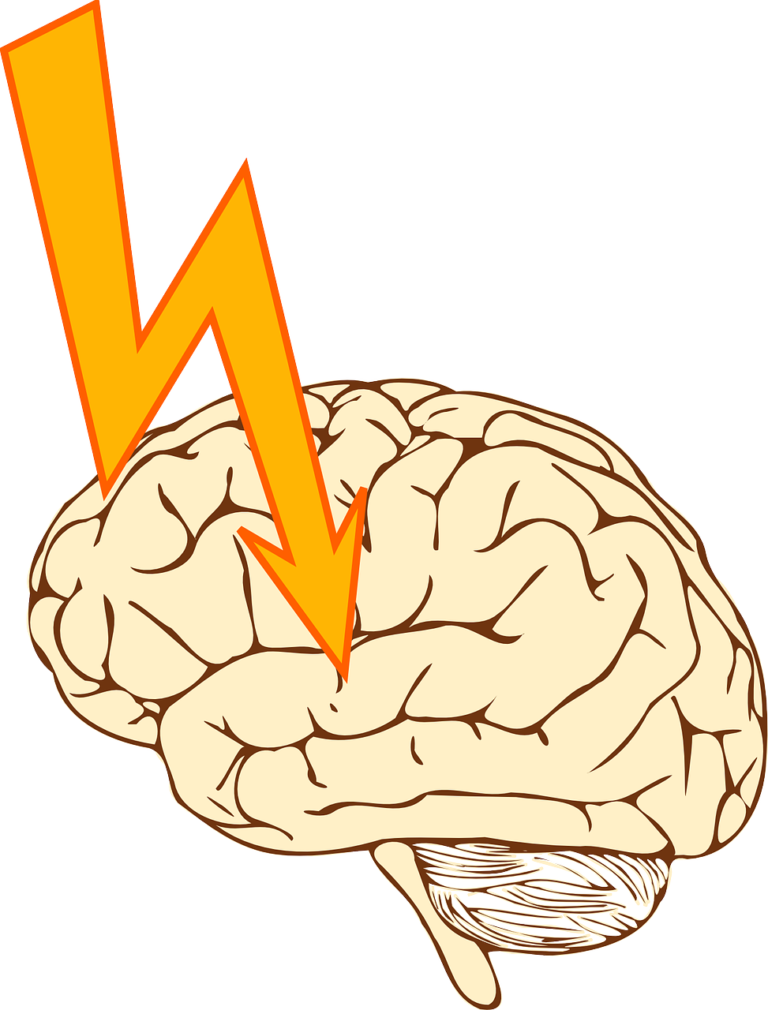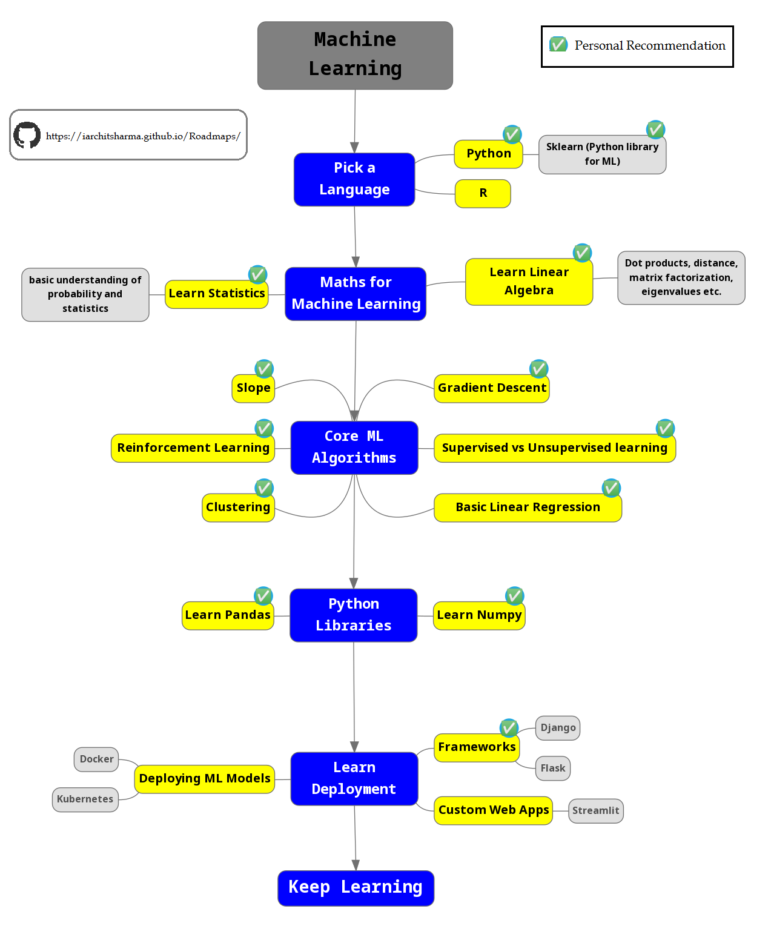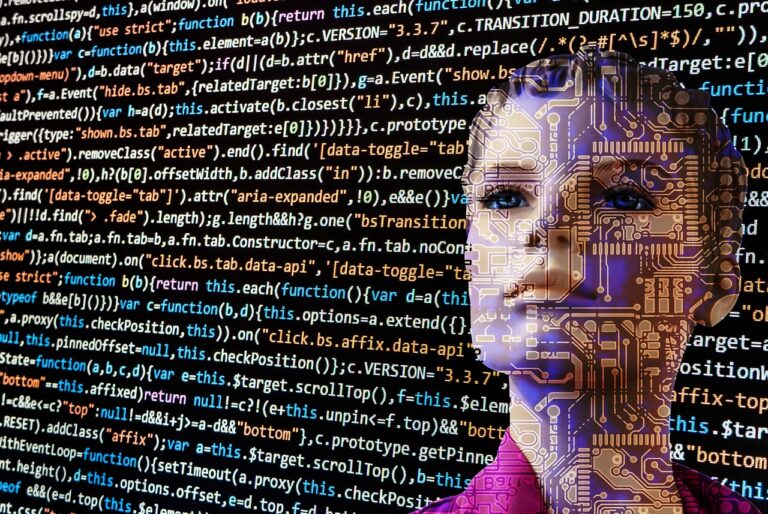Machine Learning: Teaching Machines to Think Machine Learning is a part of Artificial Intelligence (AI). In simple terms, it’s a way to teach computers how …
Creating an Enhanced Turtle Race Game
Problem3. Create a game similar to the Turtle Race with additional features (with a timer, buttons to start and restart the race, information about the winner, more advanced stadium layout, etc.)
Navigating the Evolution: How ChatGPT Foretells the Future of Jobs
Step into a realm where the fusion of ChatGPT and the future of jobs weaves a narrative of transformation, not displacement. As we navigate this evolving landscape, we’re tasked with harnessing AI’s potential to enhance our expertise and redefine our roles through collaboration. This synergy between human intuition and AI precision reshapes our approach to work, where routine tasks are entrusted to automation, allowing us to focus on complex decision-making, emotional connection, and strategic thinking. Yet, ethical considerations loom large as we integrate AI into our lives, demanding responsible development and deployment that upholds diversity, equity, and inclusivity. In the ChatGPT era, education becomes a dynamic journey, marrying AI-augmented learning with traditional skills, enabling us to navigate AI-augmented professions. With AI as an ally, not a rival, we embark on a path of innovation, adaptation, and co-creation, defining a future where human potential thrives harmoniously in a world sculpted by AI’s transformative prowess.
Stroke Prediction using “Stroke Prediction ” dataset
I want to do Stroke Prediction using “Stroke Prediction ” dataset. I want to preprocess the data, Balance the data, Use 80% of the data for training, and 20% for testing, ensuring that both sets are balanced. I want to train the model using Firefly Evolutionary Algorithm. Show the confusion matrices for firefly algorithm (for training data and test data). Show one graph plotting the average accuracy(on the y-axis) against log(number of weight updates) for training data and testing data and show the accuracy.
Naive Bayes Parameter Estimation
To derive the maximum likelihood estimates for the Naive Bayes model parameters, we need to estimate the prior probabilities and the conditional probabilities of each feature given the class label. We can use the following formulas
Supervised learning
Supervised learning is a type of machine learning algorithm where the system is trained using labeled data. Labeled data means that each data point is associated with a known output value or label. The goal of supervised learning is to learn a mapping function from input variables (features) to output variables (labels), based on the training data.
Machine learning algorithms
Machine learning algorithms are computer programs that enable machines to learn from data and make predictions or decisions based on that learning. There are various types of machine learning algorithms, including:
Understanding AI Algorithms
Artificial Intelligence (AI) has become a game-changer for businesses and industries worldwide. The ability of machines to learn, reason, and adapt like humans has given rise to a new era of technological innovation. At the core of AI lies the algorithms that enable machines to perform intelligent tasks and solve complex problems. In this article, we will explore the various types of AI algorithms, their applications, and their limitations.
Naïve forecast
A Naïve forecast is a simple time series forecasting method where the prediction for the next time period is equal to the value of the previous time period. In other words, it assumes that there will be no change in the future values and the forecast is based on the most recent observed value. Naïve forecasting can be useful as a benchmark for more complex forecasting methods and can be used as a baseline to evaluate their performance.
Difference between AI & ML
AI (Artificial Intelligence) refers to the simulation of human intelligence in machines that are programmed to think and learn like humans. It encompasses a wide range of technologies and techniques, including machine learning (ML).






